3D Design - A Detailed Overview of the Concept and its Future
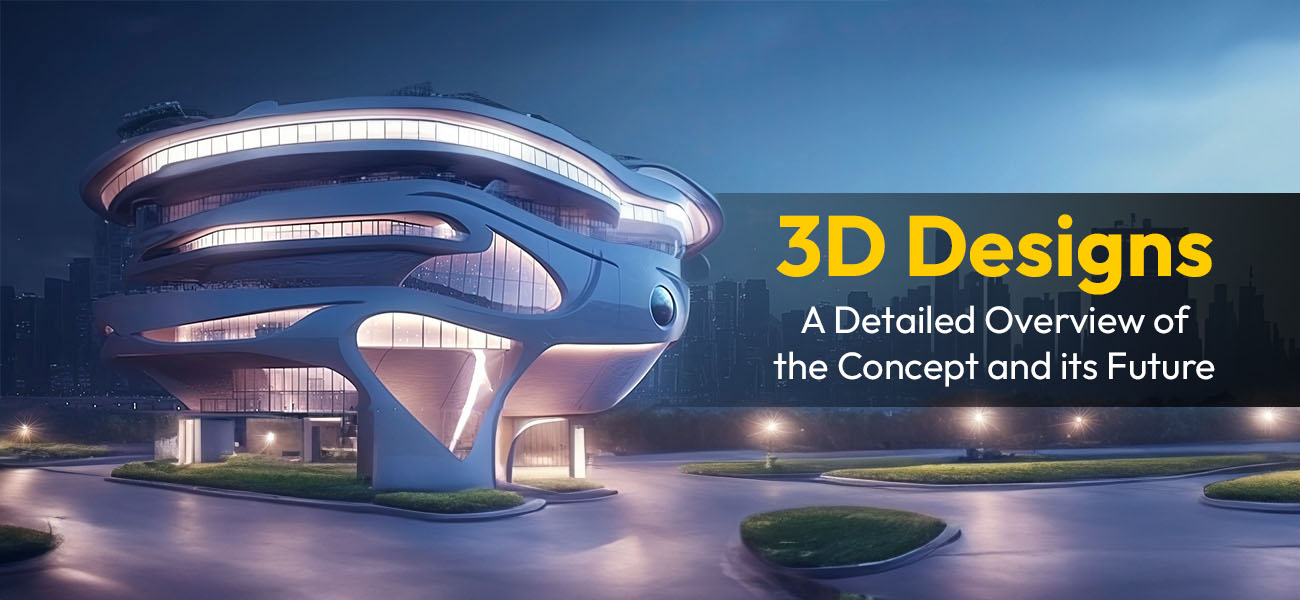
As the world becomes increasingly digitally advanced, 3D technology and 3D designs are acquiring mainstream status across most business sectors. Technology is everywhere and brings unlimited possibilities along with it. Whether in fashion, real estate, manufacturing, healthcare, eCommerce, or movies, 3D design is now an integral part. More and more business organizations, digital marketers, and brand owners are adapting 3D into their marketing activities for better communication with the audience.
This comprehensive article will try to cover all the crucial aspects of 3D, types of 3D designs, their applications, techniques, and more. Stay with us until the end and gather some robust insights on this wonderful, innovative technology. Let’s dig in!
What is 3D design?
3D design is the software-driven process of generating a three-dimensional digital model of an object or environment from the reference. The 3D model is usually created from a two-dimensional image or shape. Designing in 3D entails creating the model, rigging and texturing it, and finally rendering it in still JPG or through animation. Modern 3D design technology offers such depth and dimensions that 3D-designed models look hyper-realistic. This insane level of depth and dimension could never be achieved through flat 2D images or sketches.
That’s the reason most new-age brand owners and digital marketers prefer to showcase their products through 3D product models. Photorealistic 3D illustrations have made their way into books, classrooms, and many other mediums. With 3D, production engineers can inspect the virtual model or the prototype before creating any physical form. They can identify potential flaws and rectify them, avoiding future damage. This gives them better control over product details.
We can also see 3D design elements and illustrations in web UIs, marketing collateral, etc. With the help of several high-end 3D software programs, experienced 3D professionals can experiment with different textures, materials, and lighting effects, thus unleashing limitless possibilities.
What do 3D designs include?
3D design is basically the umbrella term for all the modern 3D computer processes, namely:
3D modeling: This is the process by which the 3D model is created from a 2D shape, sketch, or image in a simulated 3D environment. A 3D model is made up of vertices or polygons that together form a polygonal mesh. A model that has fewer polygons is called a low-poly model, and a model with higher numbers of polygons is a high-poly model.
Detailed article : 3D Modeling : A Brief Introduction and Uses
3D texturing: 3D texturing, or texture-mapping is the process of wrapping a 2D image around a 3D model. This process is highly crucial as it gives the desired look and feel, color, depth, and surface detail to the 3D object. Professional texture artists create realistic textures and materials in specialized texturing software that are further applied to the models for a realistic appearance.
Detailed article : Creation of 3D Textures: Techniques, Software, and Tips
3D rendering: Rendering is the digital process of creating a photorealistic 2D image from a 3D model. The specialized 3D rendering software computes all data, like materials, textures, lighting, and polygons, and generates the image. Rendering engines process and manipulate the polygons by breaking them down and calculating the shadow, shading, and reflections on the model.
Detailed article :What is 3D Rendering : A Simple Guide
CGI VFX creation: VFX is the digital process of creating various special visual effects in computer-generated imagery, or CGI. These effects include fire, explosions, smoke, thunder and lightning, fog, water simulations, and more. VFX is usually added to live-action imagery to enhance the visuals, especially when capturing real-life footage is expensive and difficult. Mostly for 3D animations and motion graphics, computer-generated VFXs are applied to create illusions of real-world elements. These animations are done in high-end 3D animation software with several advanced features and visual effects options.
Best software programs and tools to create detailed 3D designs
As the 3D industry has evolved and technologies have advanced, more and more high-end 3D design and visualization tools have been developed. Once you get the right tool, creating anything with 3D is a piece of cake. However, identifying the ideal tool for your purpose is the trick.
This segment will walk readers through some of the best and most commonly used 3D tools. Most professional 3D design service providers leverage these software programs in their workflow. Check out the tools and create stunning 3D designs for your clients.
Autodesk Mudbox ($245/month)
 Autodesk Mudbox
Autodesk MudboxHoudini ($499/year)
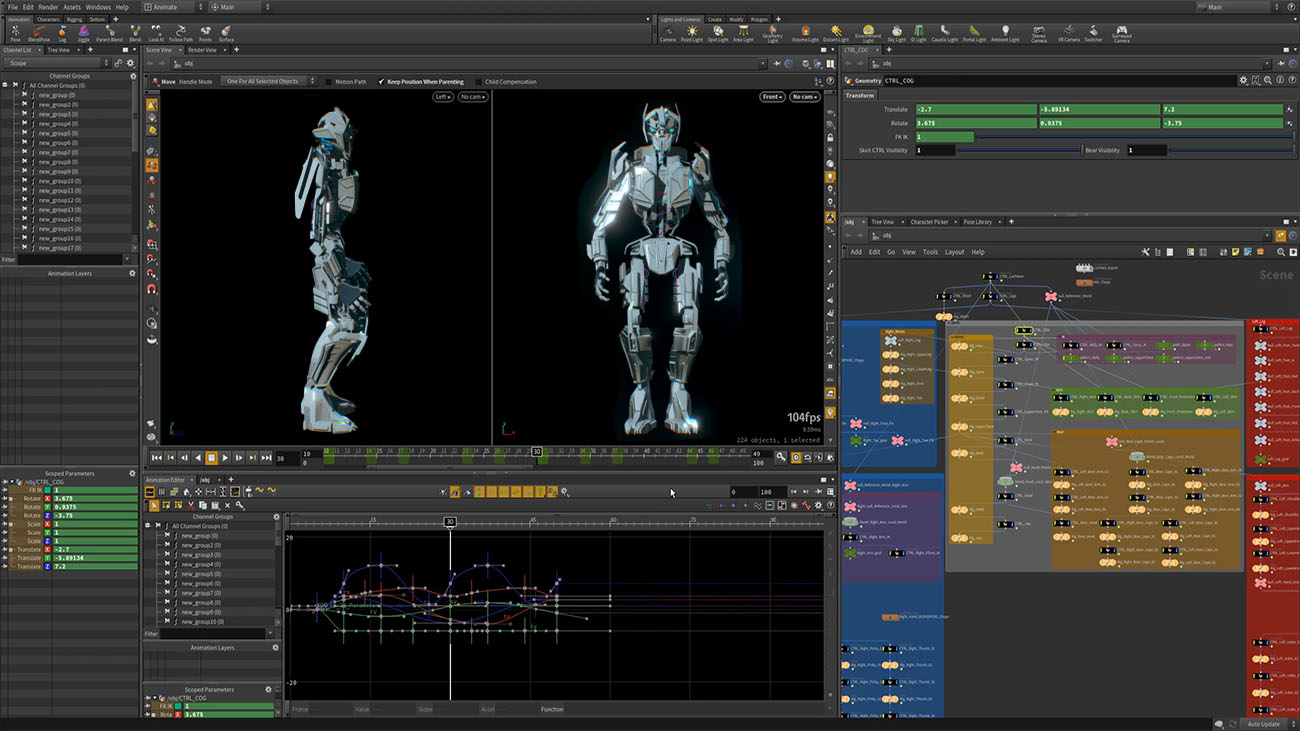 Houdini
HoudiniAutodesk Maya ($245/month)
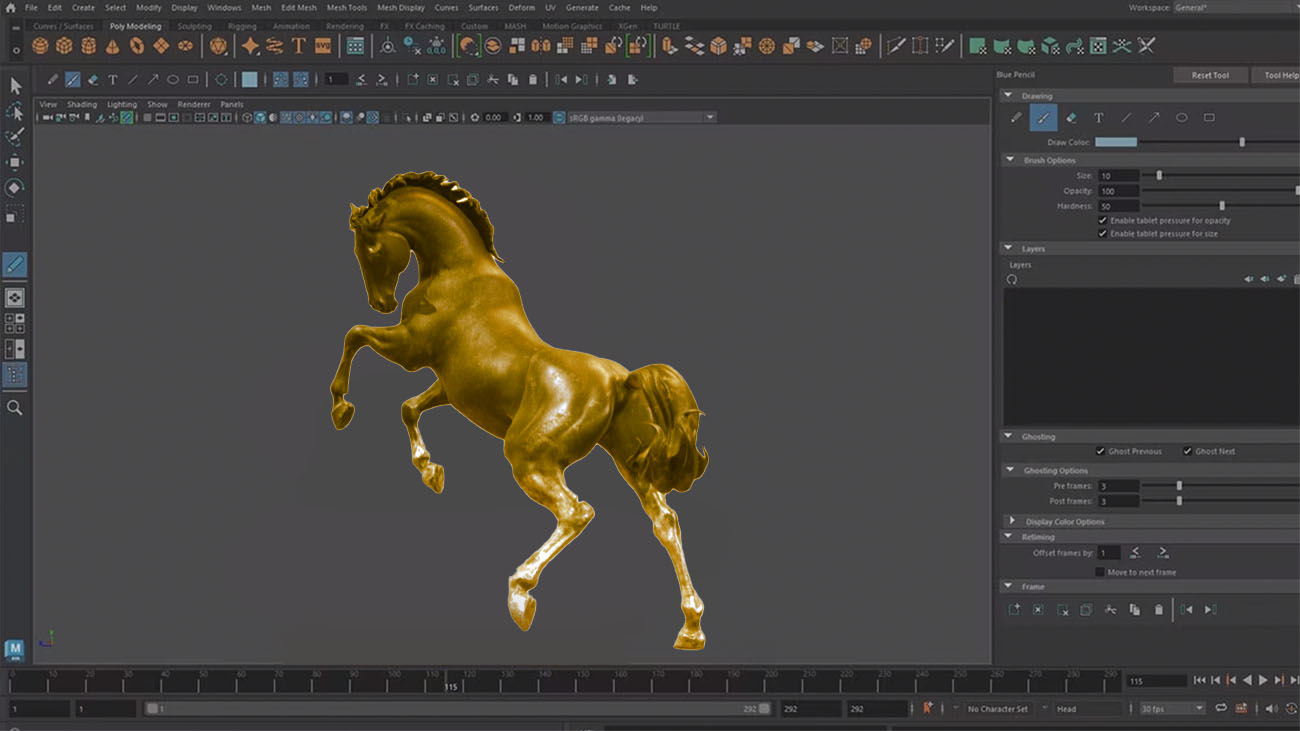 Autodesk Maya
Autodesk MayaModo ($399/year)
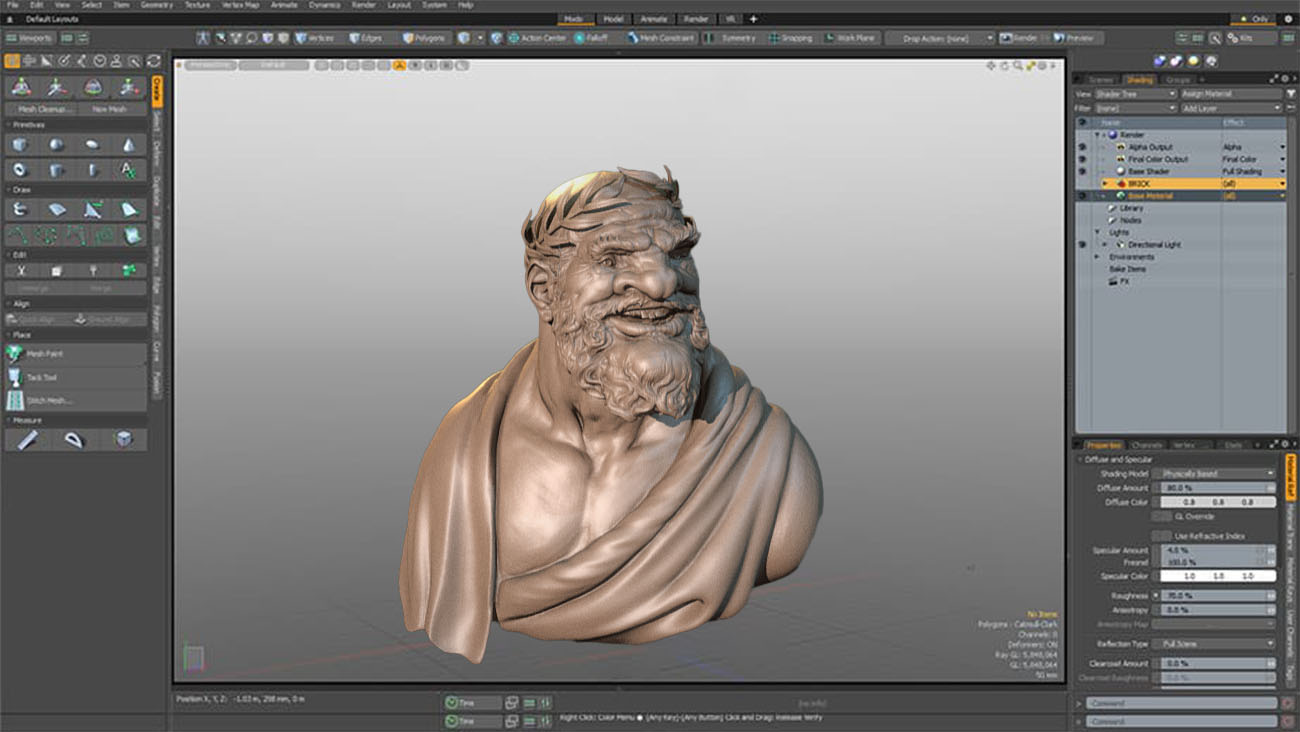 Modo
ModoZBrush ($895)
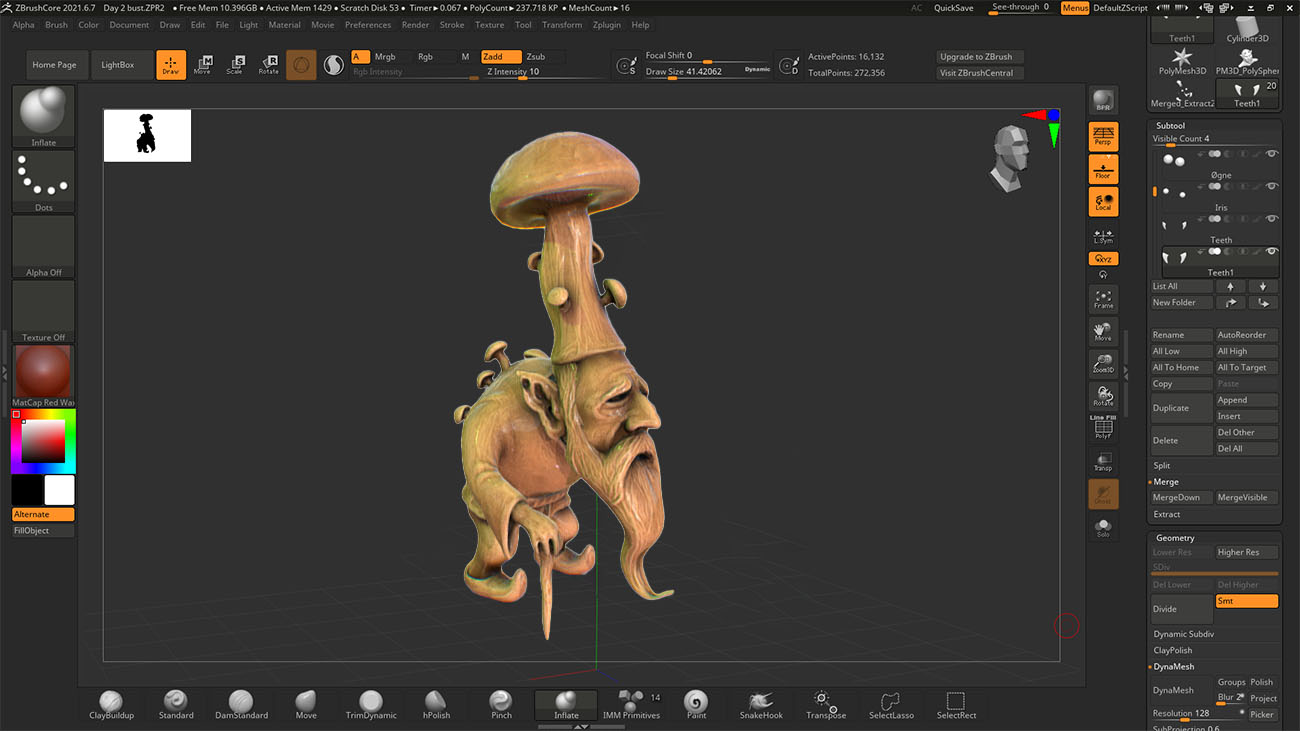 ZBrush
ZBrushCinema 4D ($480/year)
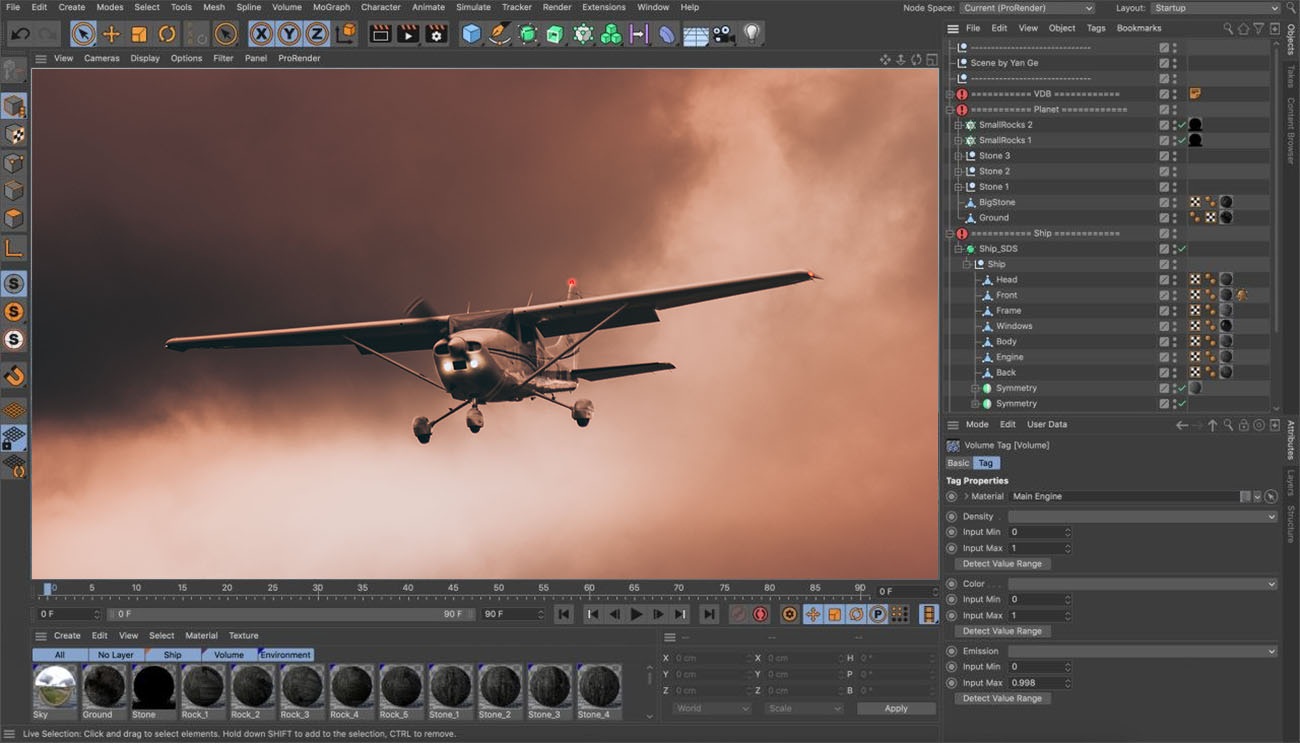 Cinema 4D
Cinema 4DSubstance Designer ($19.90/month)
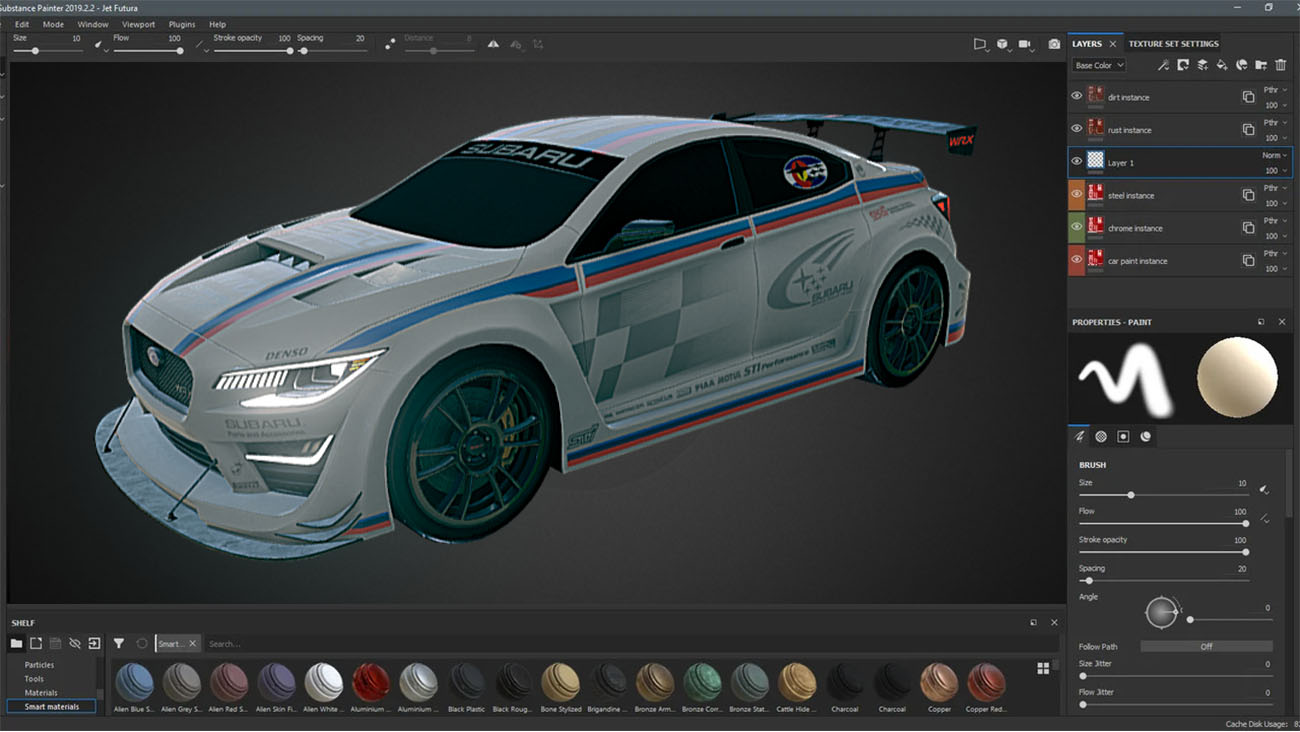 Substance Designer
Substance DesignerSketchupFree (Free)
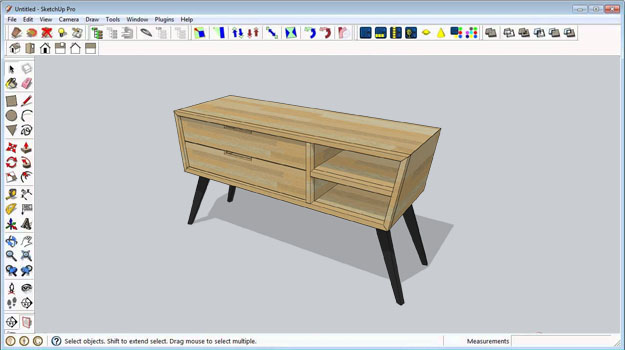 SketchupFree
SketchupFreeBlender (Free)
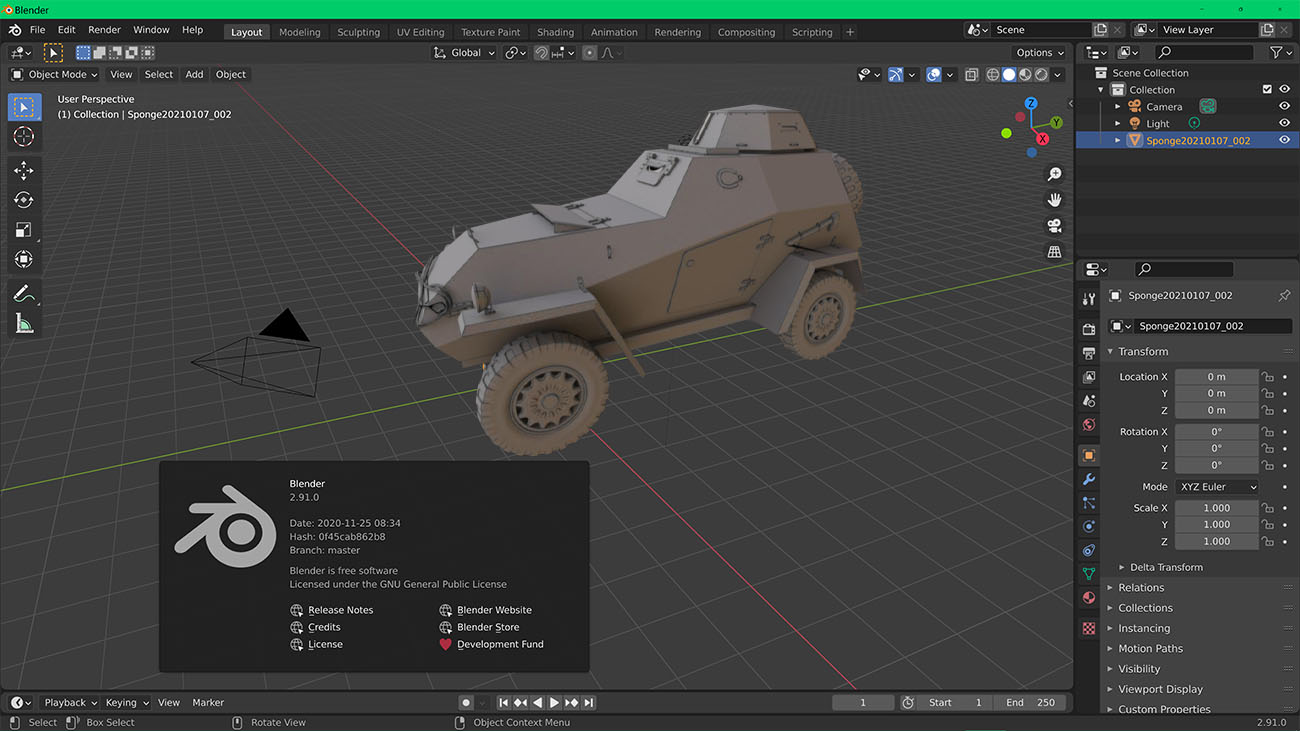 Blender
BlenderSculptris (Free)
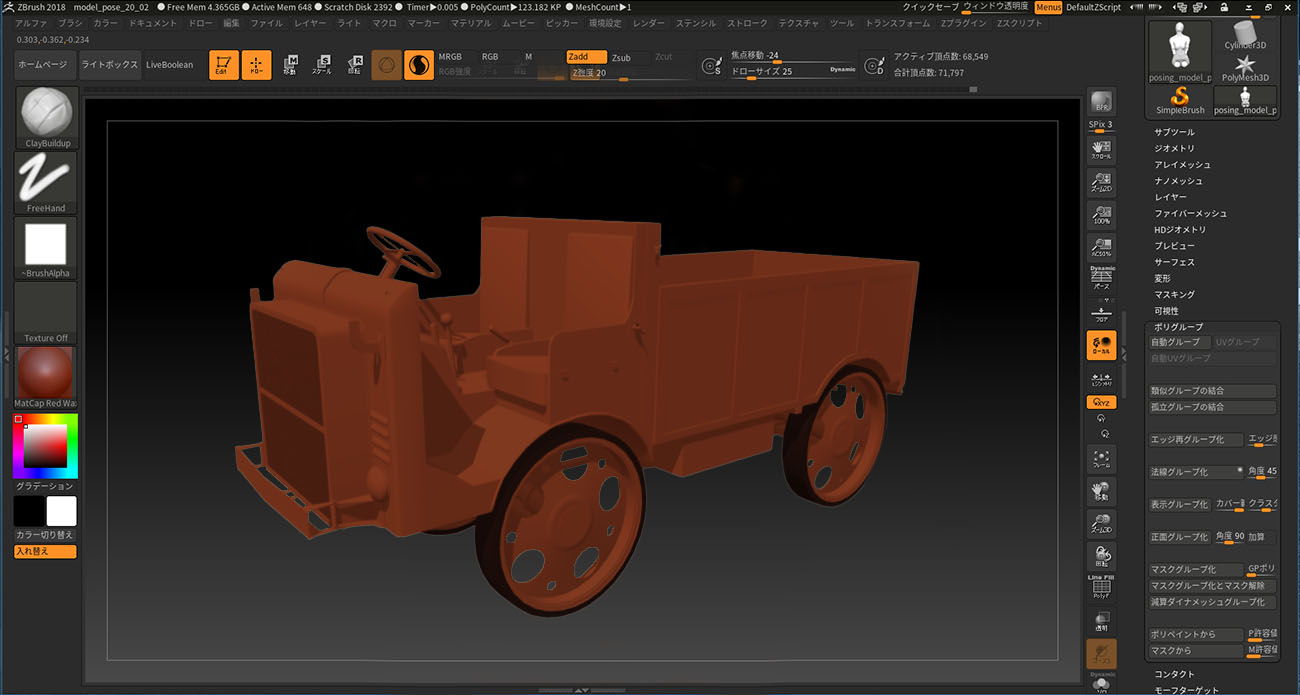 Sculptris
SculptrisVue (Free)
 Vue
VueFreeCAD (Free)
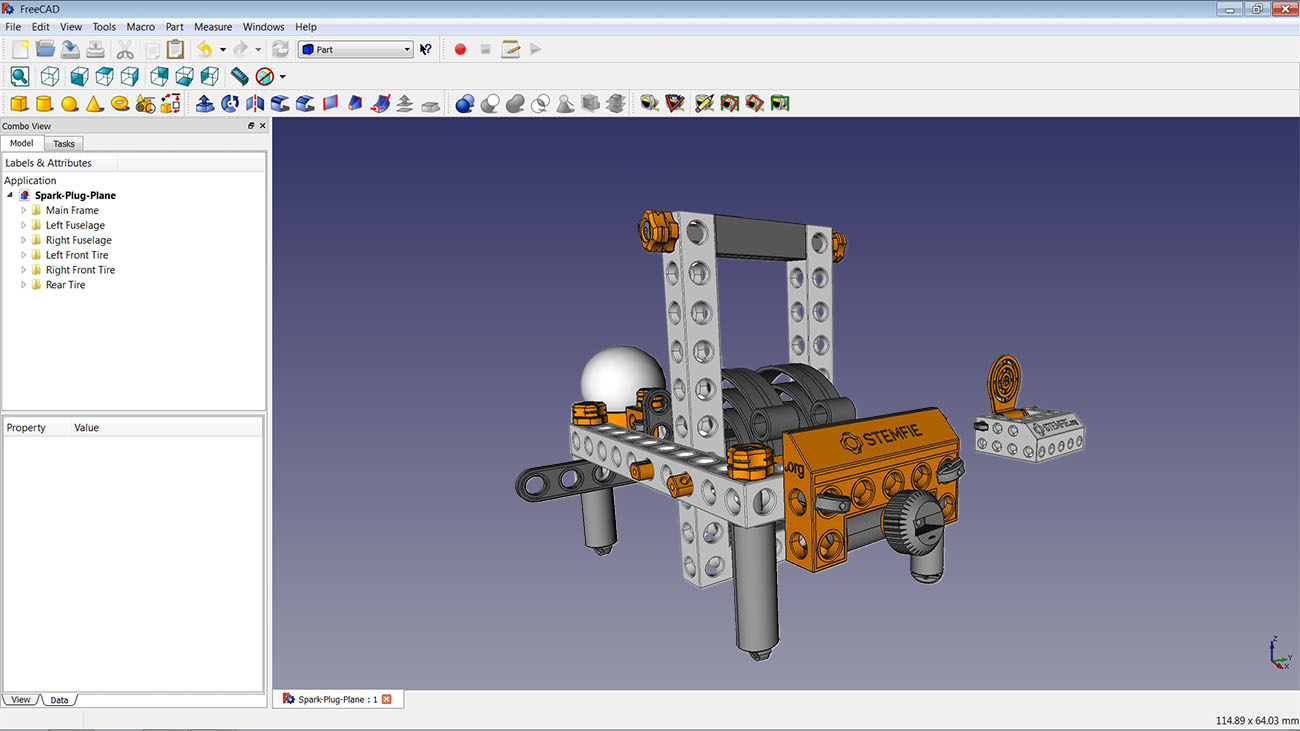 FreeCAD
FreeCADOpenSCAD (Free)
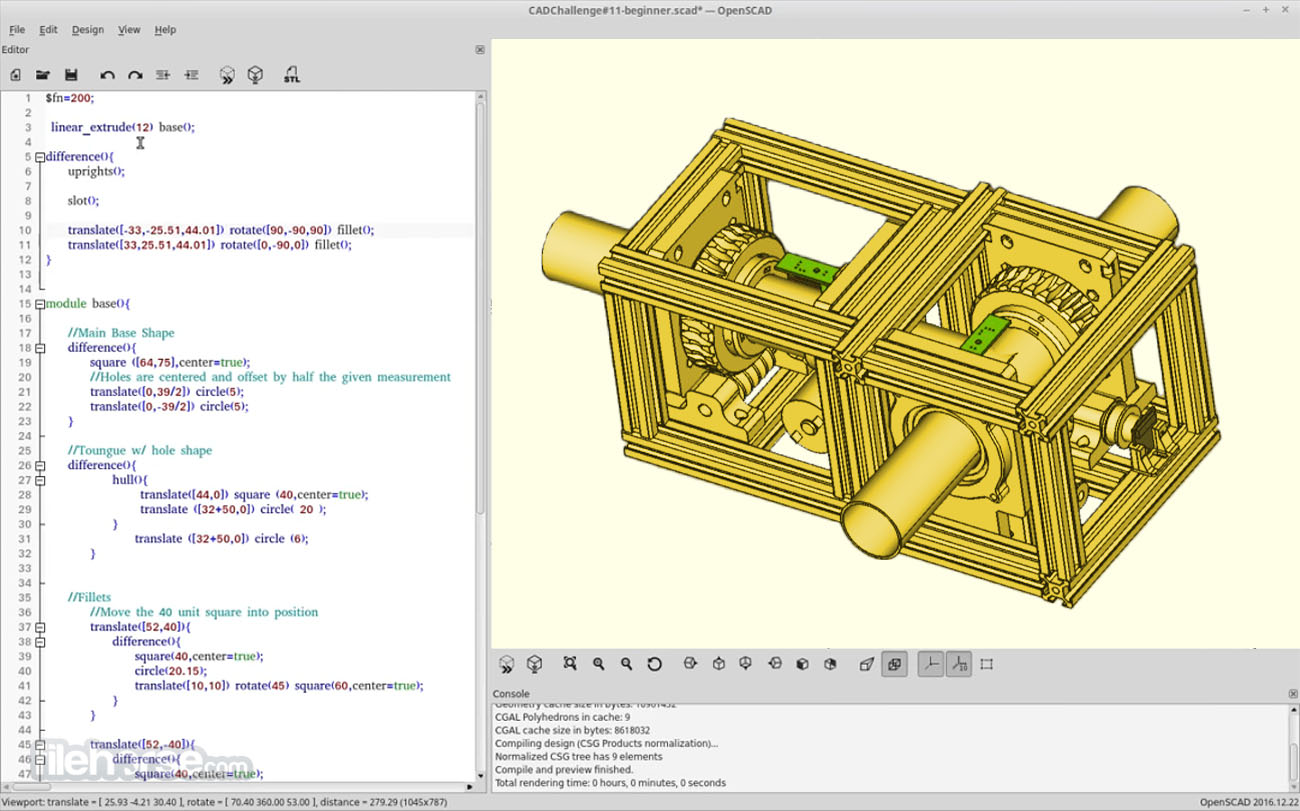 OpenSCAD
OpenSCADUnity (Unity Pro - $185/month, Unity Industry - $450/month)
 Unity
UnityRevit ($320/month)
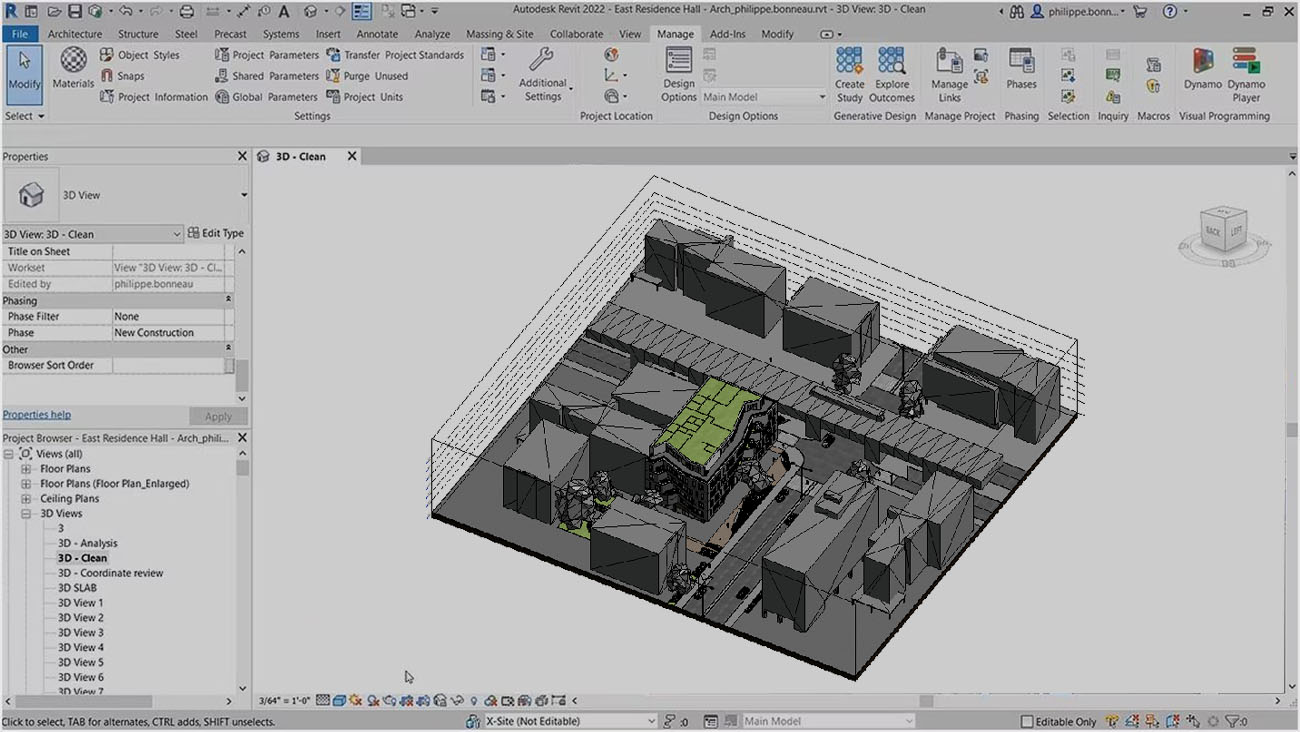 Revit
Revit
Although these software programs are great for creating detailed 3D models and visualization, it is always recommended to hire a professional team for all your 3D requirements. These external agencies have unlimited access to these cutting-edge technologies and the latest software. They are also backed by efficient 3D specialists with years of experience across diverse industries. Collaborating with these professional 3D modeling companies will give you a talent pool of 3D artists as well as save you from paying hefty licence fees.
Industry uses and applications of 3D designs
Frankly, there’s hardly any modern business industry that hasn’t yet leveraged 3D technology or 3D designs. Check out these industries that have benefited the most by adopting 3D modeling and rendering into their operations, as well as marketing activities.
-
AEC (Architecture, Engineering, and Construction)
The architecture, engineering, and construction sector is majorly drowned with blueprints, pencil sketches, floor maps, and more. For architects, it is often too challenging to present creative ideas to stakeholders. However, with the modern 3D design technology available, complex construction projects can be visualized before actual construction starts. 3D architectural rendering is the game-changer behind it. We also have advanced BIM modeling that enables viewing 3D engineering objects instead of 2D flat-line drawings. 3D floor map renders give a life-like representation of spaces with accurate depth, dimension, and size. These are far more accurate than pen-and-paper floor plans.
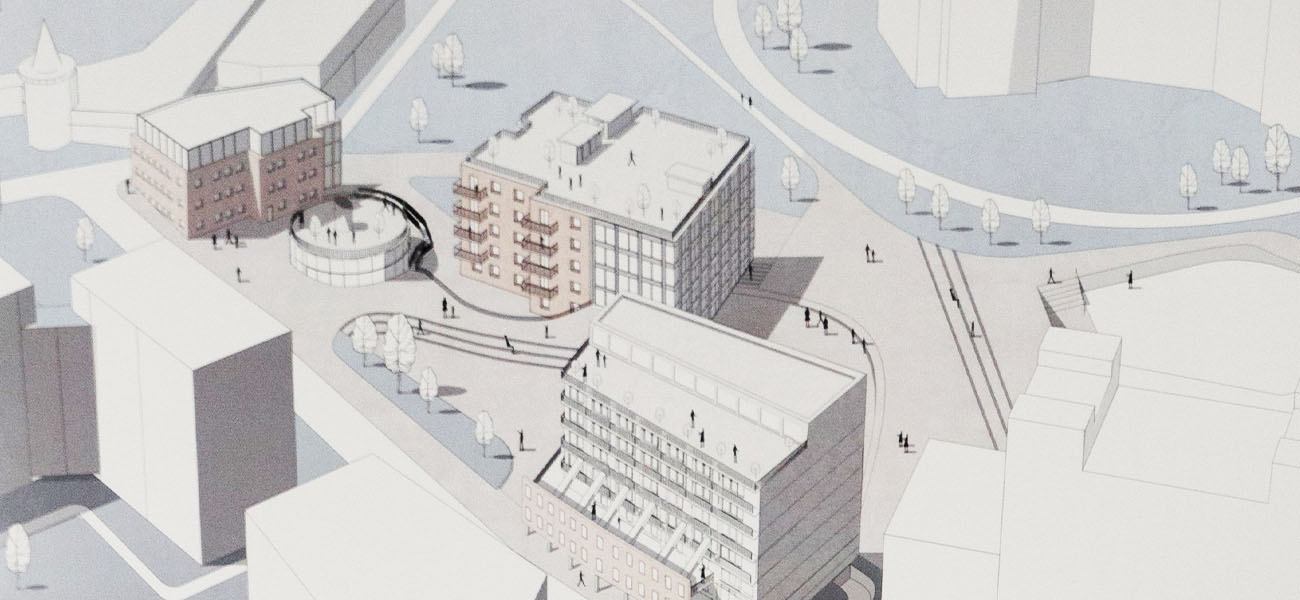 AEC (Architecture, Engineering, and Construction)
AEC (Architecture, Engineering, and Construction) -
Real estate
From virtual 3D tours, walkthroughs, and animations to virtual staging, 3D interior designs and exterior renders, and 3D floor maps, the real estate industry is reaping quite a few benefits. With realistic 3D renders, real estate brokers can enhance their listings and impress more leads. Moreover, from home buyers’ perspective, 3D technology is an amazing tool. They can inspect the property from each and every corner, from the comforts of their home.
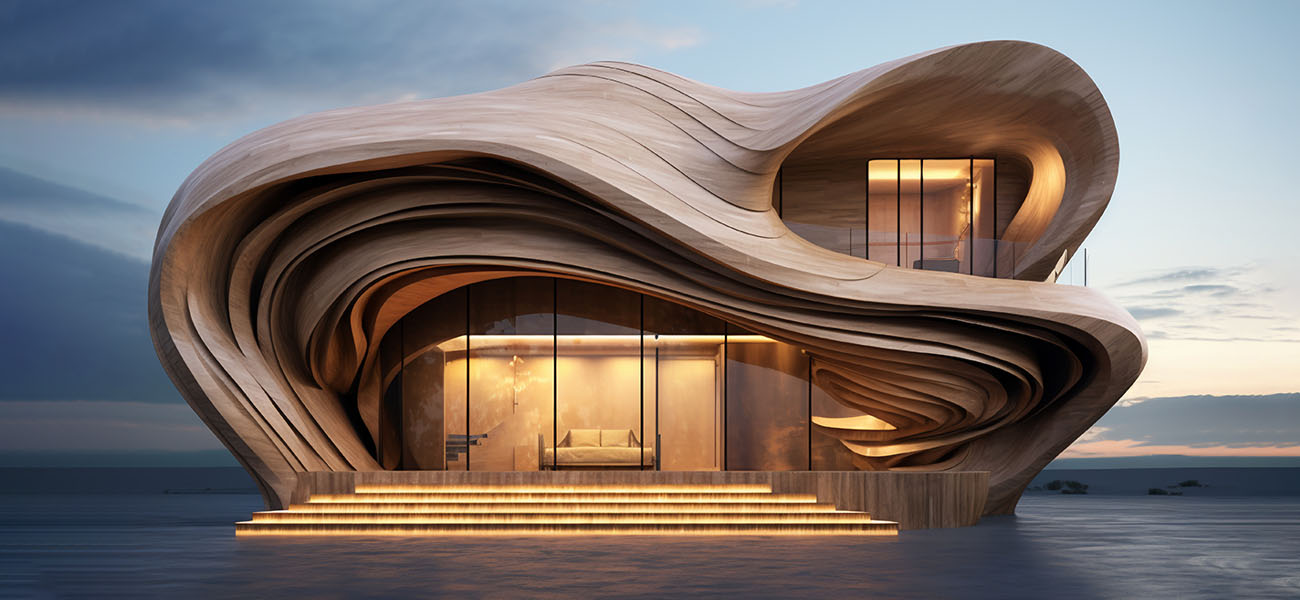 Real estate
Real estate -
Entertainment
Bringing complex and creative ideas and movie characters to life is now an easy feat, thanks to 3D CGI. From creating depth, dimension, and hyper-realistic textures, 3D models and animations have brought a real paradigm shift in the entertainment industry. It not only provides an immersive viewing experience crafted by virtual reality (VR), but also improves realism with stunning visual effects.
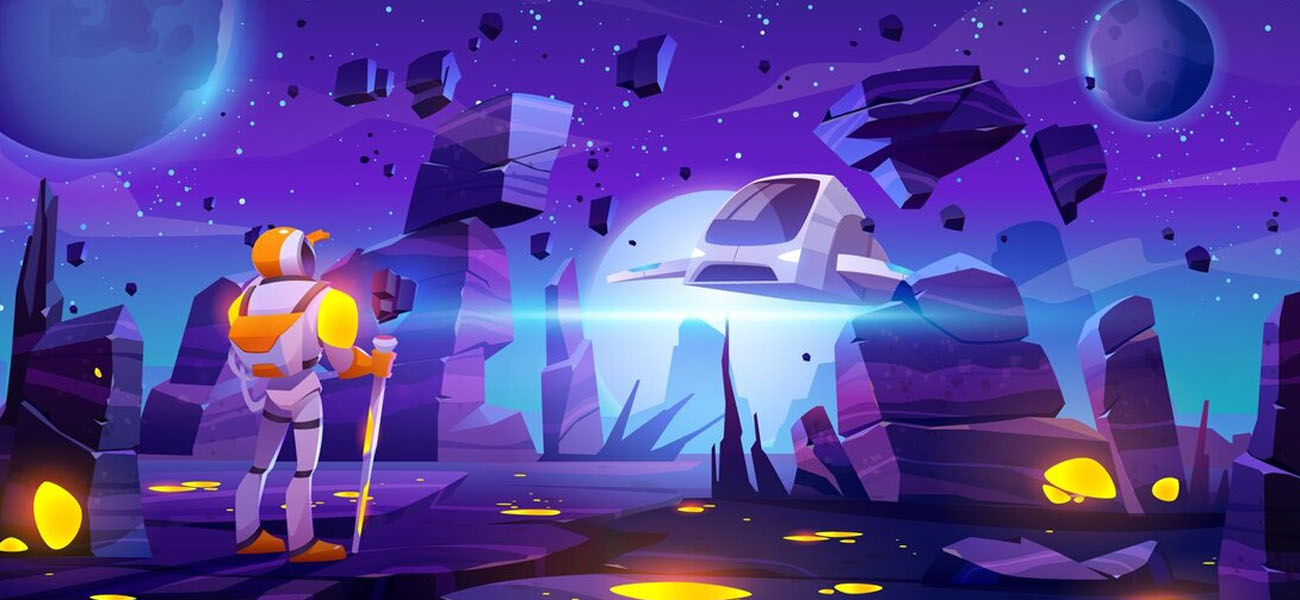 Entertainment
Entertainment -
Manufacturing
For the manufacturing sector, creating product prototypes is the biggest priority. 3D modeling and rendering have significantly expedited this process with rapid prototyping of massive industrial designs. One can also use the technology to pitch an idea to the stakeholders, test various versions, identify potential design errors, and rectify them, as well as customize them before the final production. The manufacturing sector is heavily benefitted by the 3D printing technology that enables rapid prototyping and on-demand manufacturing.
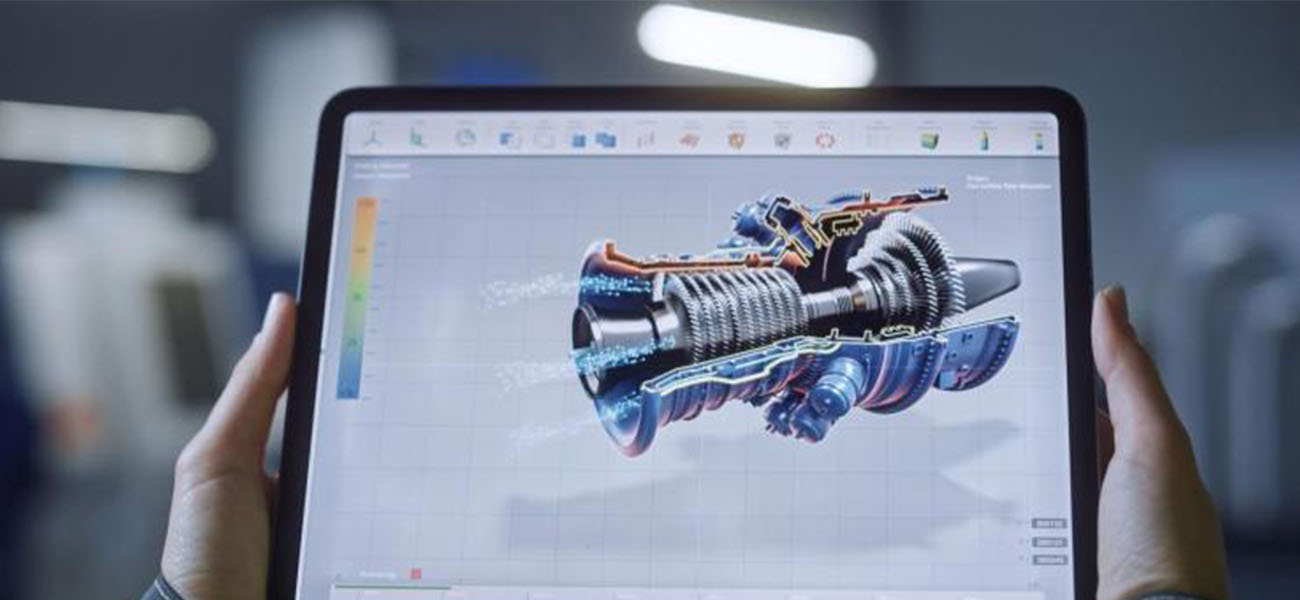 Manufacturing
Manufacturing -
Automotive
The best kinds of benefits are being enjoyed by the automotive sector from 3D-printed parts. A significant amount of time, effort, and money gets saved while producing the vehicle parts through specialized computer-aided design (CAD) tools. It is a faster and much more efficient way of developing prototypes, assembling and testing them in the real world, and identifying potential design flaws. 3D printing technology is leveraged in this sector as well for creating strong, resilient, yet lighter automobile parts. The technology also significantly reduces raw material wastage.
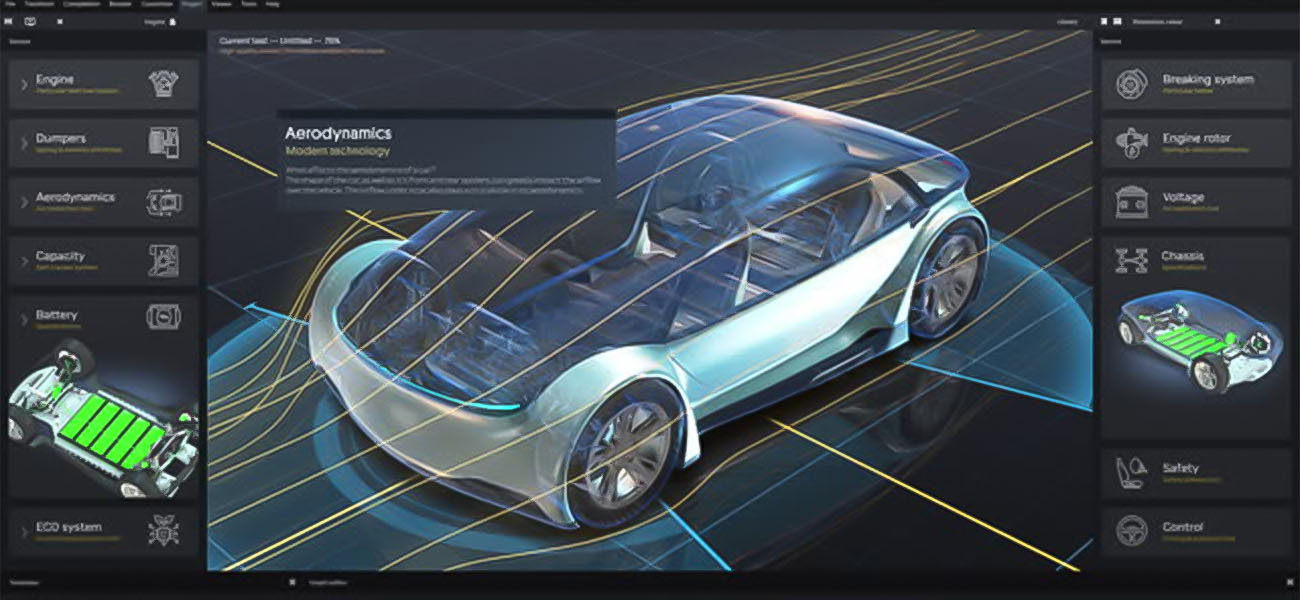 Automotive
Automotive -
Retail
With AR-compatible 3D models, retail owners can develop virtual catalogs for prospects to shuffle through. Moreover, with QR codes in each product, buyers can scan the code and see how the product looks within their real-life setting. The AR tools superimpose the 3D twins of the products on top of the real world.
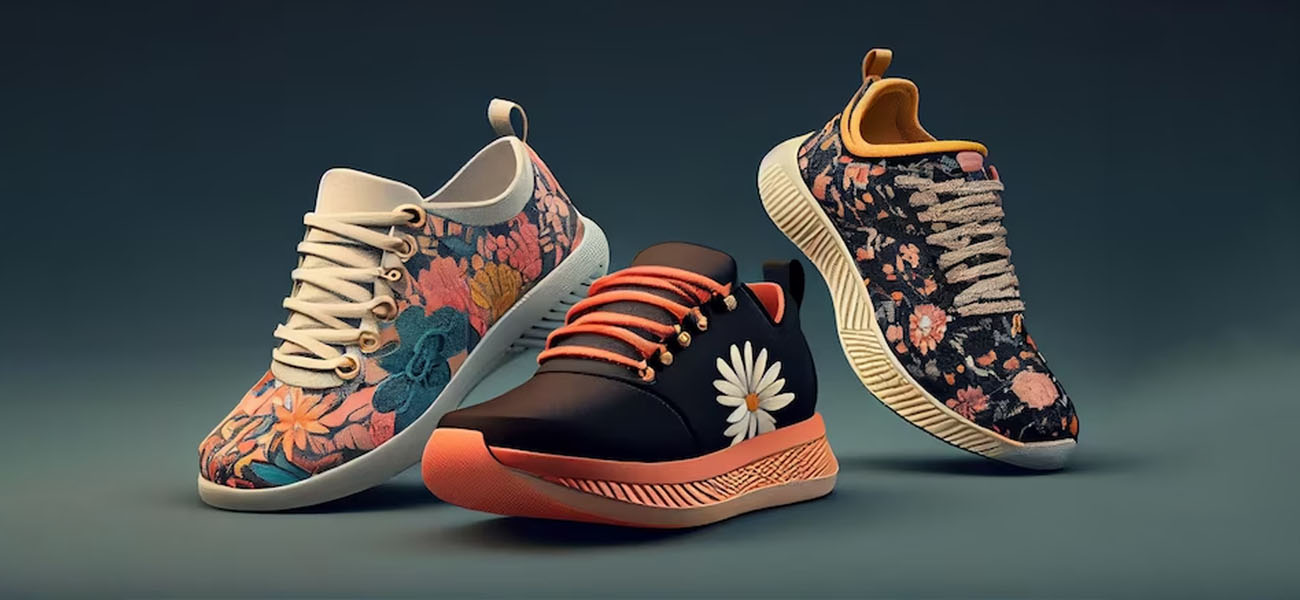 Retail
Retail -
Gaming
3D computer video games have an industry size of over $250 billion. With advanced 3D technology, game developers can create an immersive experience for their end users. Accurately 3D sculpted game designs and characters look extremely lifelike, creating a connection between the game and the gamer. With hyper-realistic rendering, game designers create believable environments, lighting, simulations, and more. The models are often required to undergo the 3D sculpting process, which is a more advanced process of modeling for creating a hyper-realistic look. Digital sculpting gives super fine details to a model, such as wrinkles, scratches, folds, bumps, scars, muscles, and more, to make the game character look humane. The process is done by pinching, grabbing, and pulling a polygonal mesh through a sculpting software. The sculpting artist handles the mesh (digital clay) and manipulates the geometry of the sculpture similar to a real-world sculptor working on real clay.
 Gaming
Gaming -
Marketing and advertising
3D designs and rendering have brought a paradigm shift in how products were showcased. Brand owners can now steer clear of expensive product photoshoots and instead create accurate high-definition product designs in 3D. With photorealistic 3D visualization, these products can be showcased and listed on eCommerce platforms for buyers to examine them thoroughly. Just like 3D game character models, 3D sculpting is also applied to highly detailed products models to bring out the intricate detailings.
 Marketing and advertising
Marketing and advertising -
Healthcare
A big role 3D modeling and 3D printing play in the healthcare sector. For instance, with accurate 3D-printed models of a patient’s mouth, dental surgeons can ensure the dentures and braces are perfect fit.
 Healthcare
Healthcare
Over to you now!
So you see, 3D technology has limitless potential to further transform the world we live in. It is important to take a look inside the concept and learn all about its nitty-gritty. Hope this article has been an enjoyable read to all. If you are an aspiring 3D professional, bookmark this blog for future reference. Also, if you are a digital marketer, give this blog another read to be acquainted with the numerous business opportunities 3D designs and CGI give.
So unleash the power and potential of 3D models and visualization today, collaborate with a professional 3D design company, and get ready to seize the future. Good luck!
Contact Us

